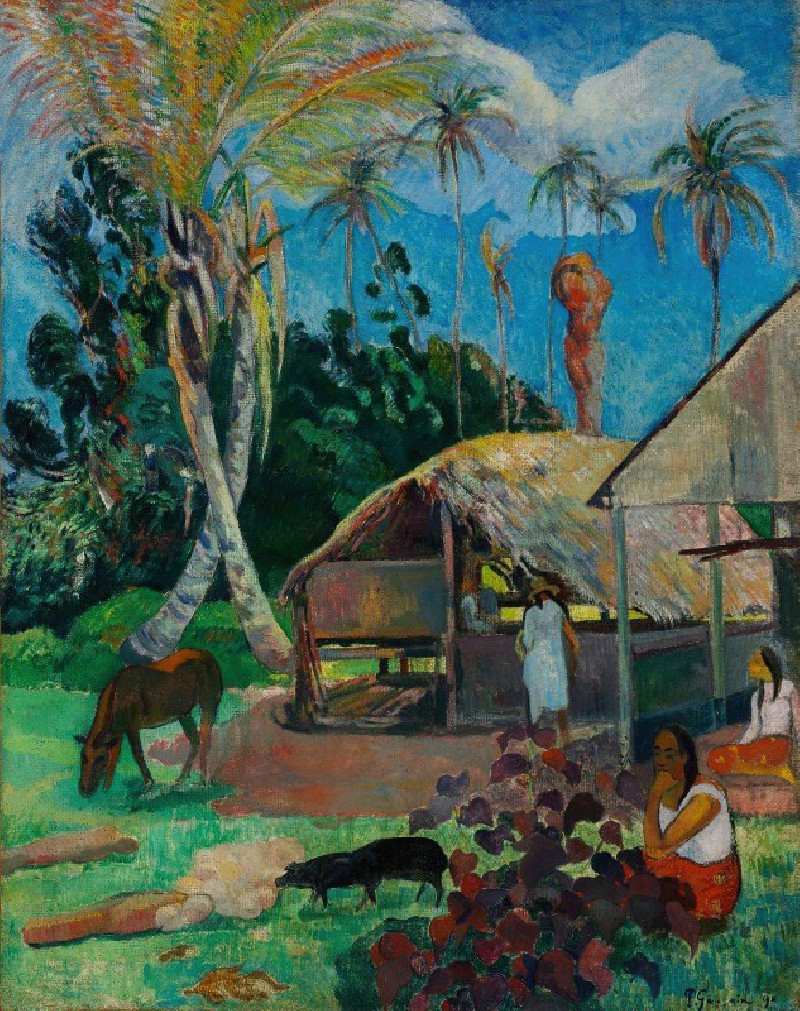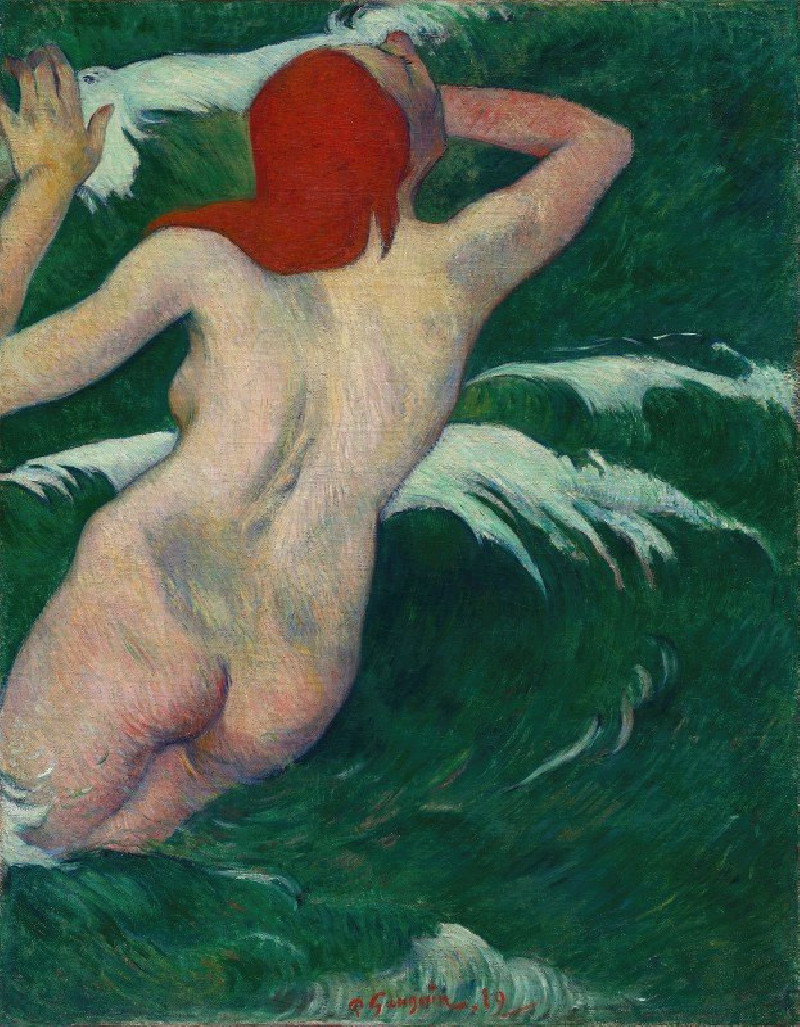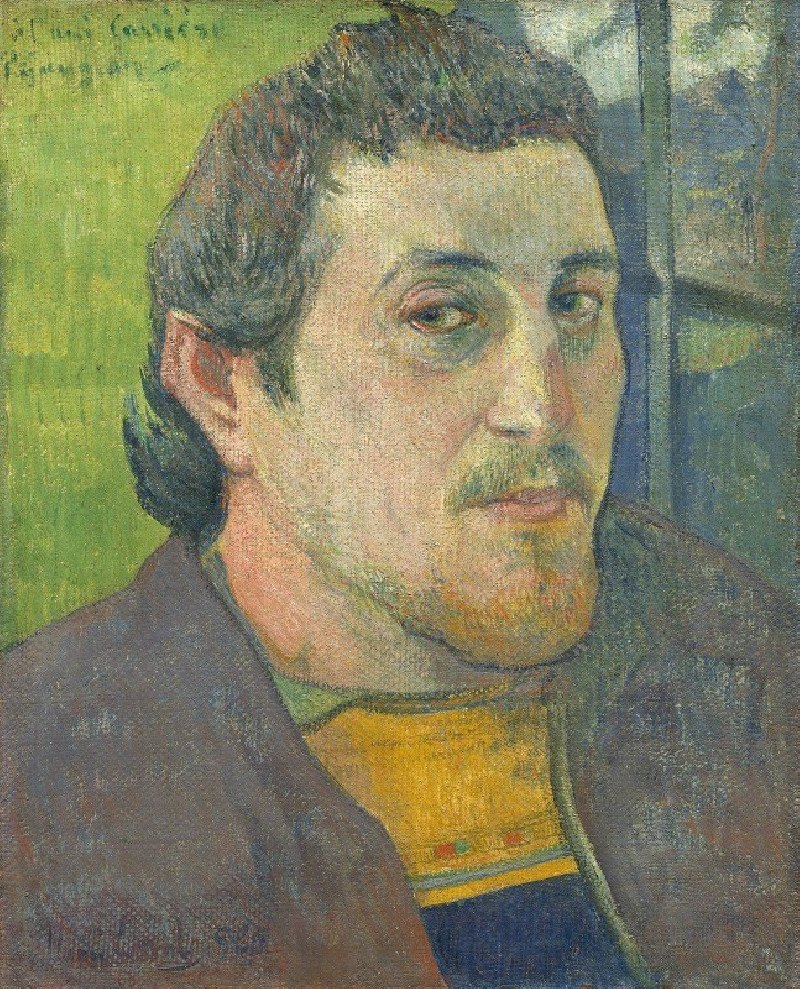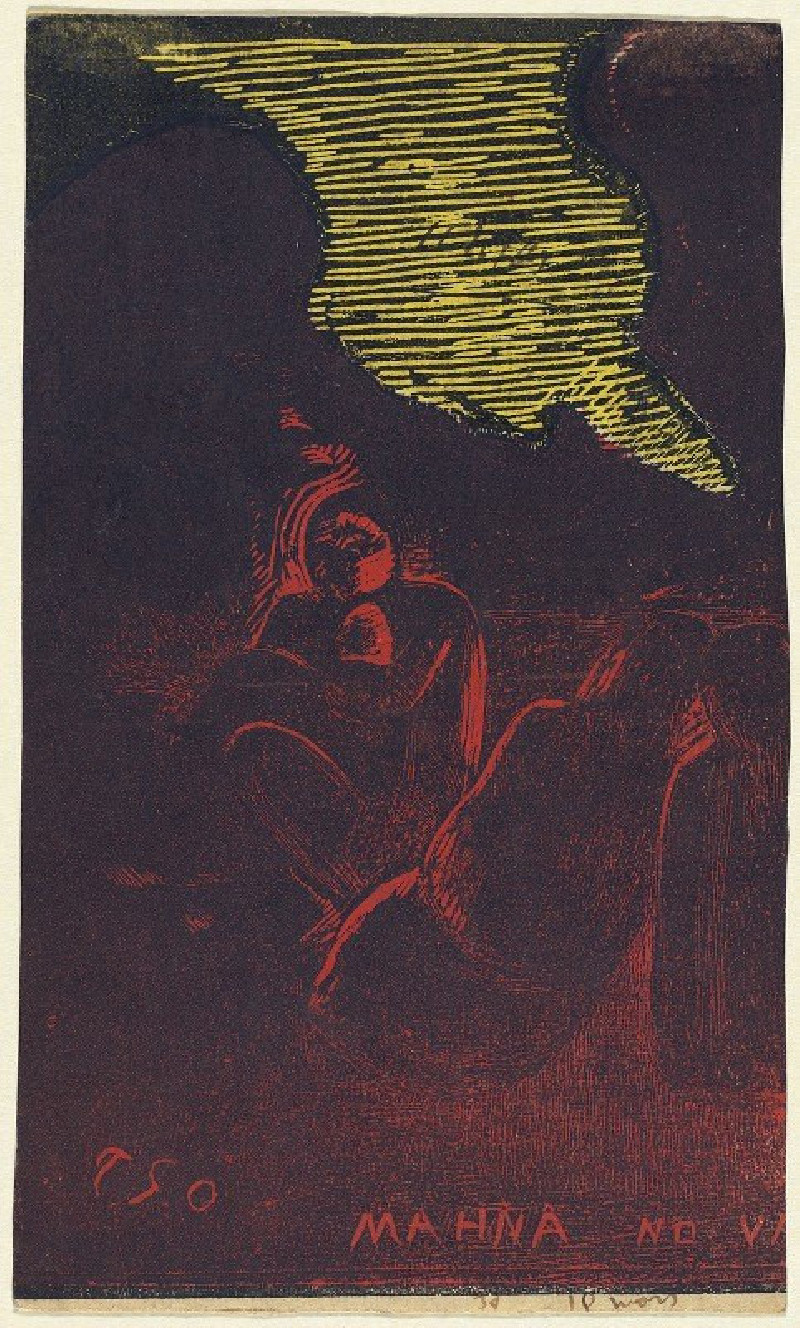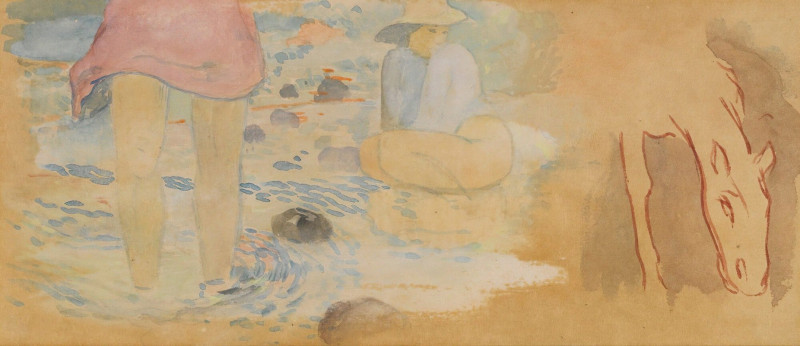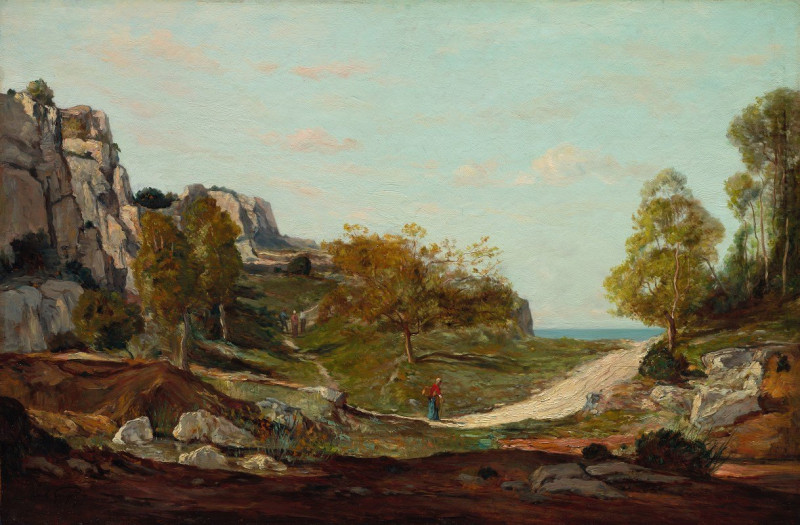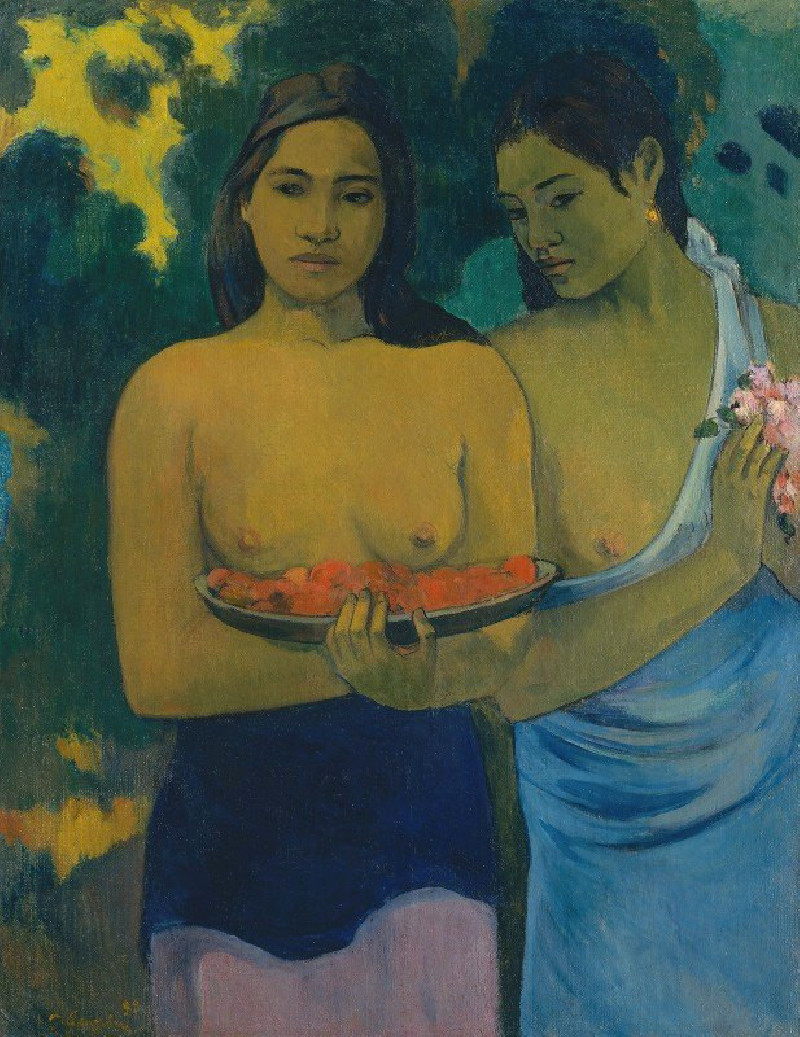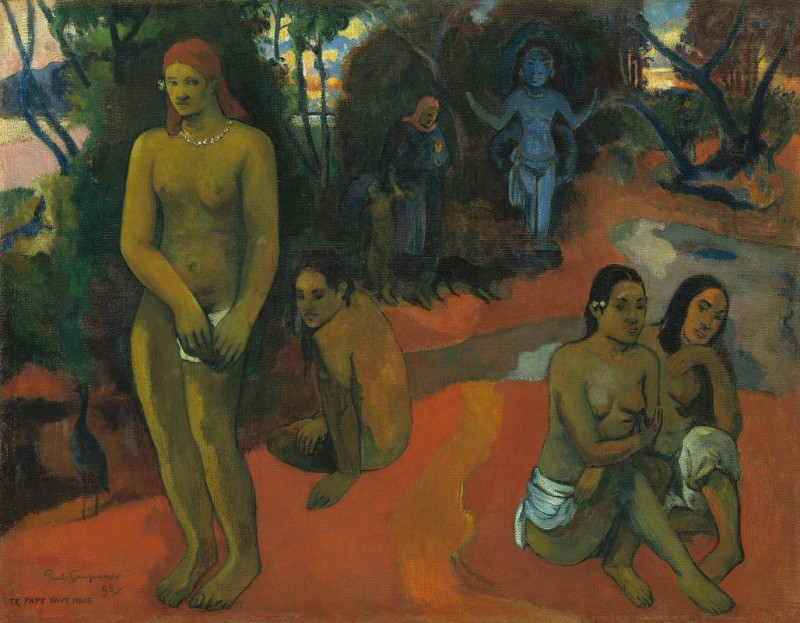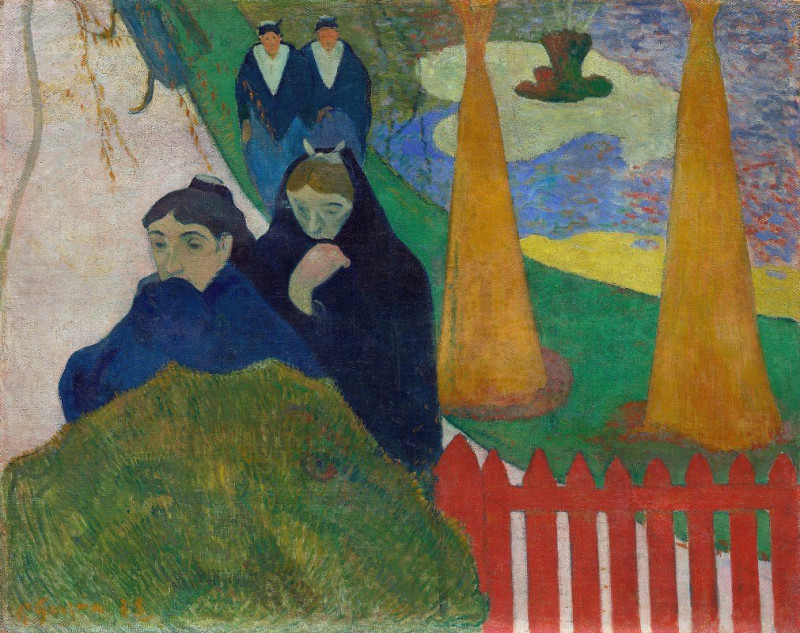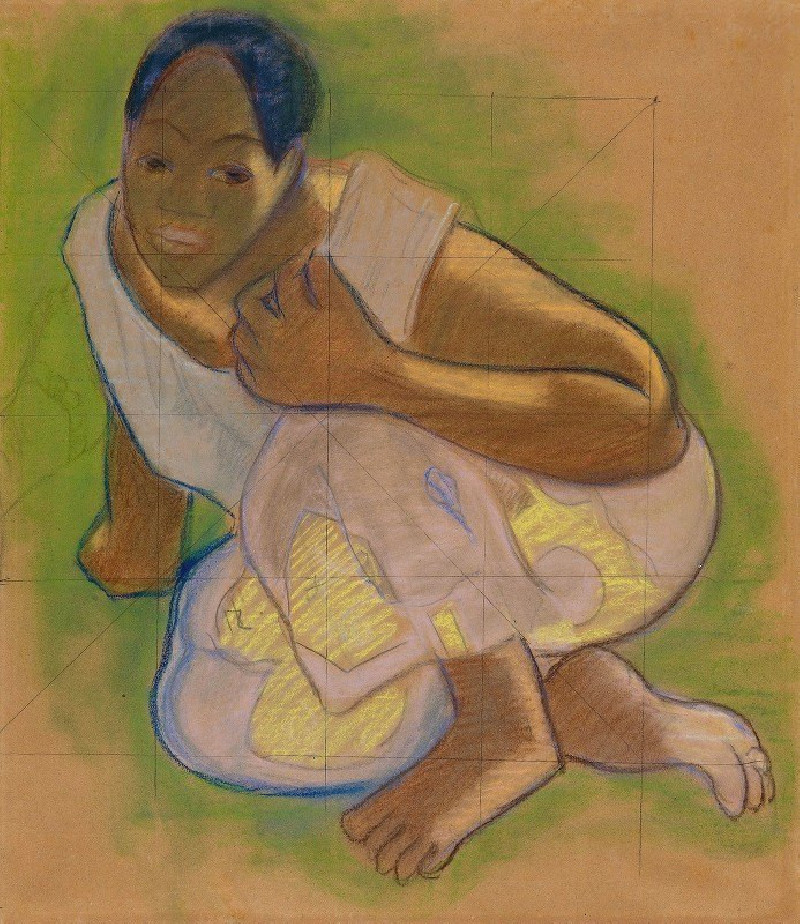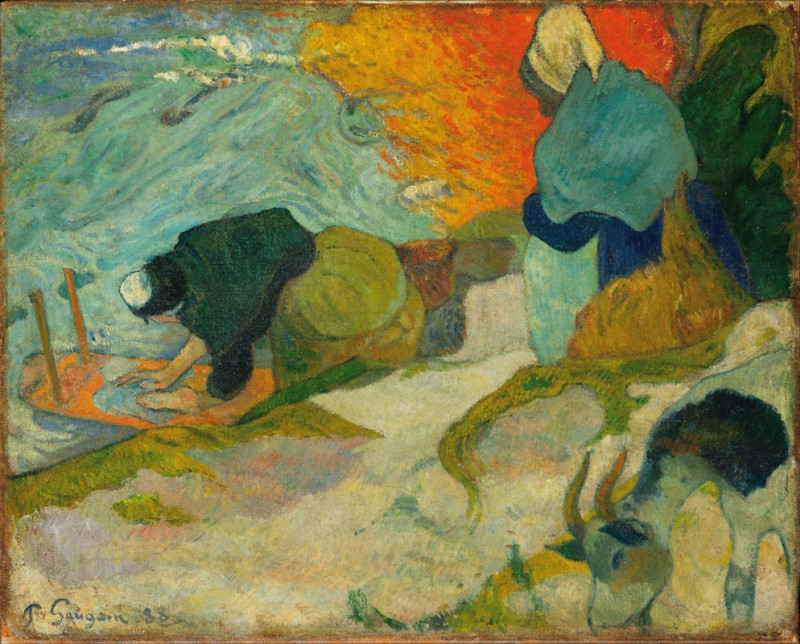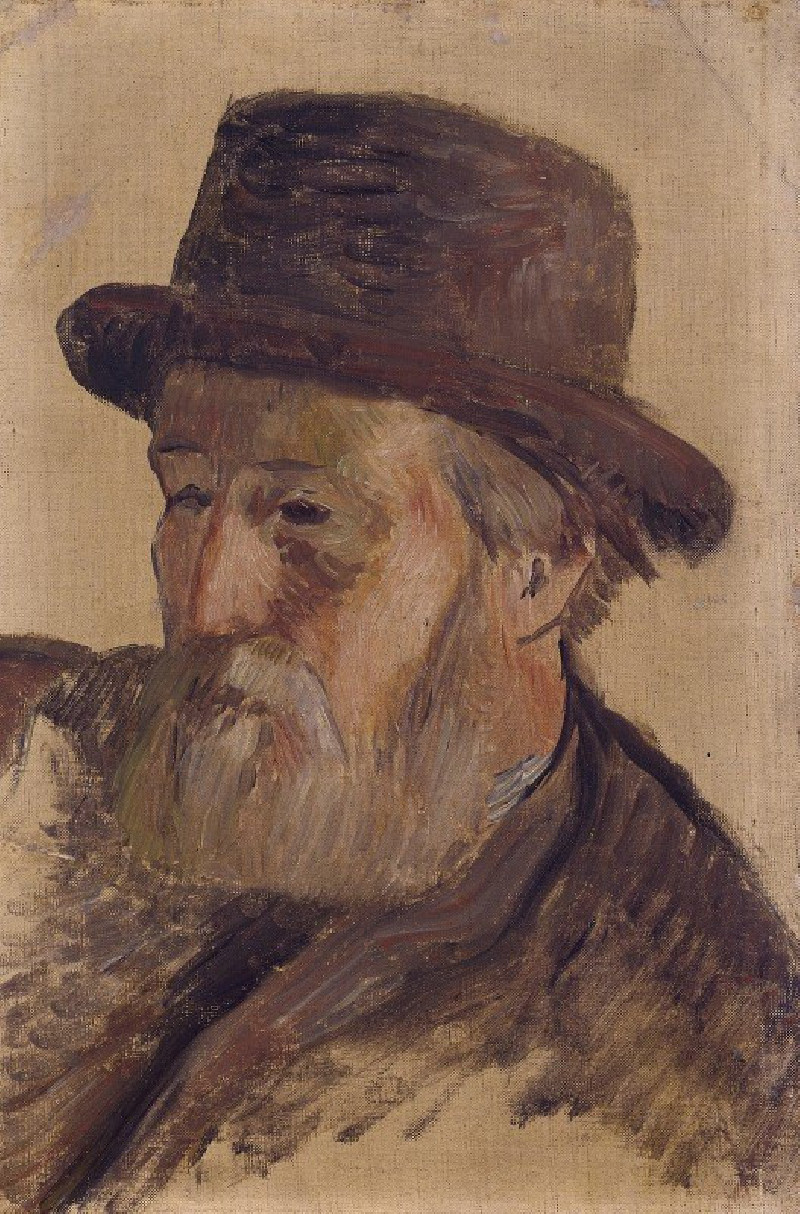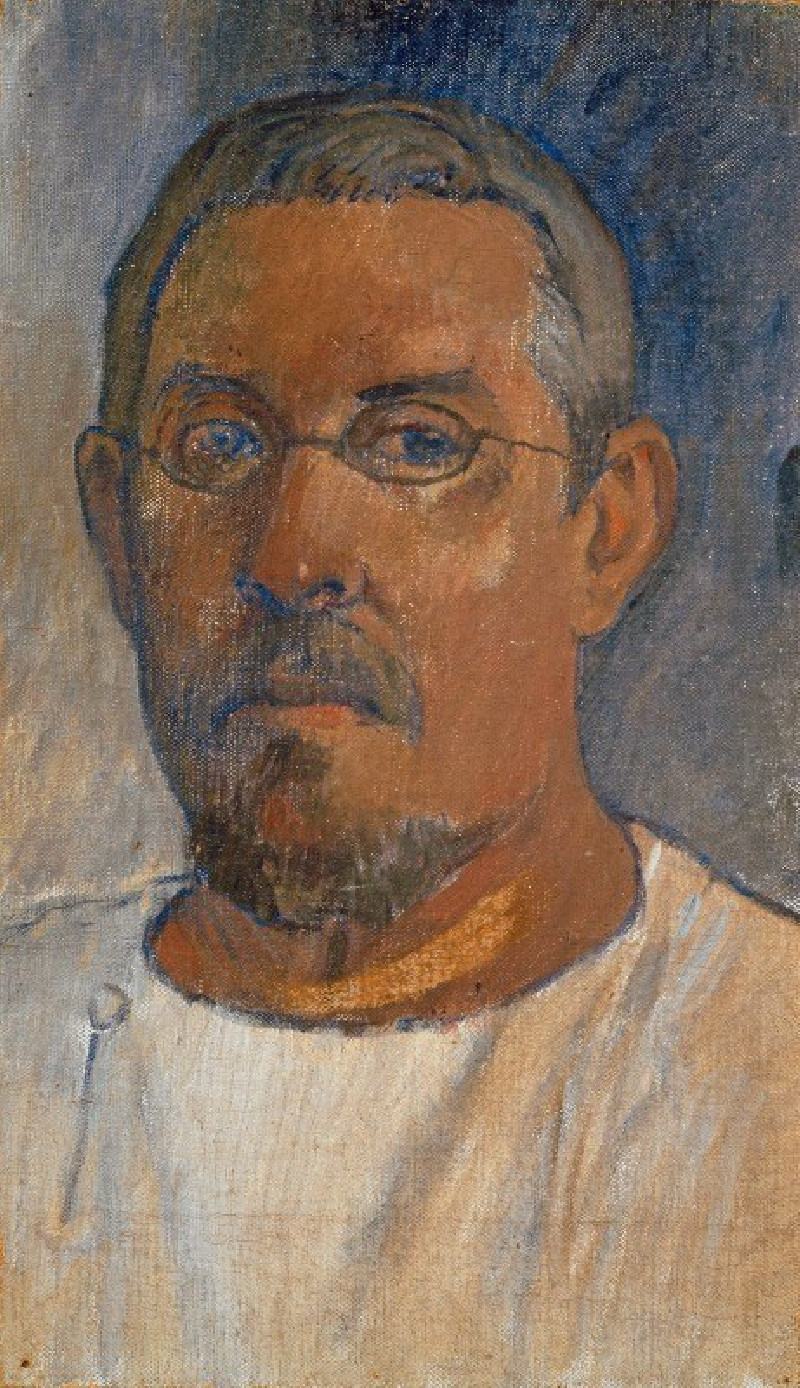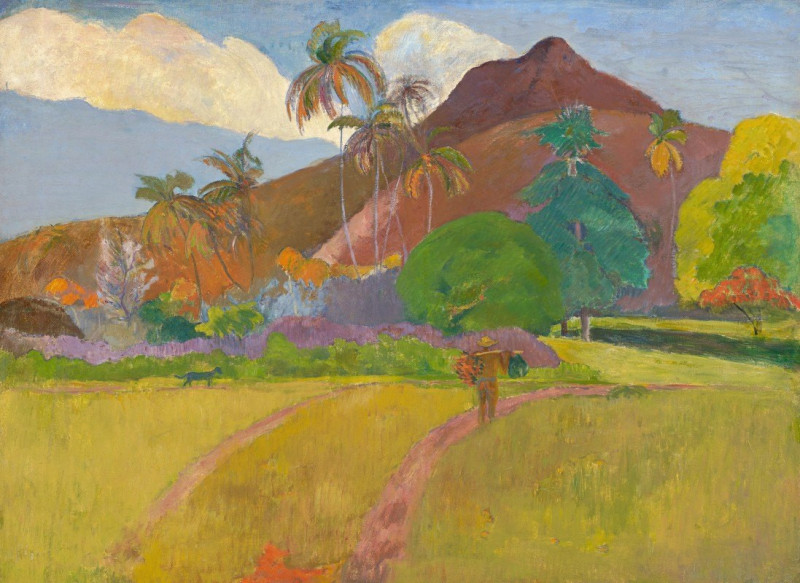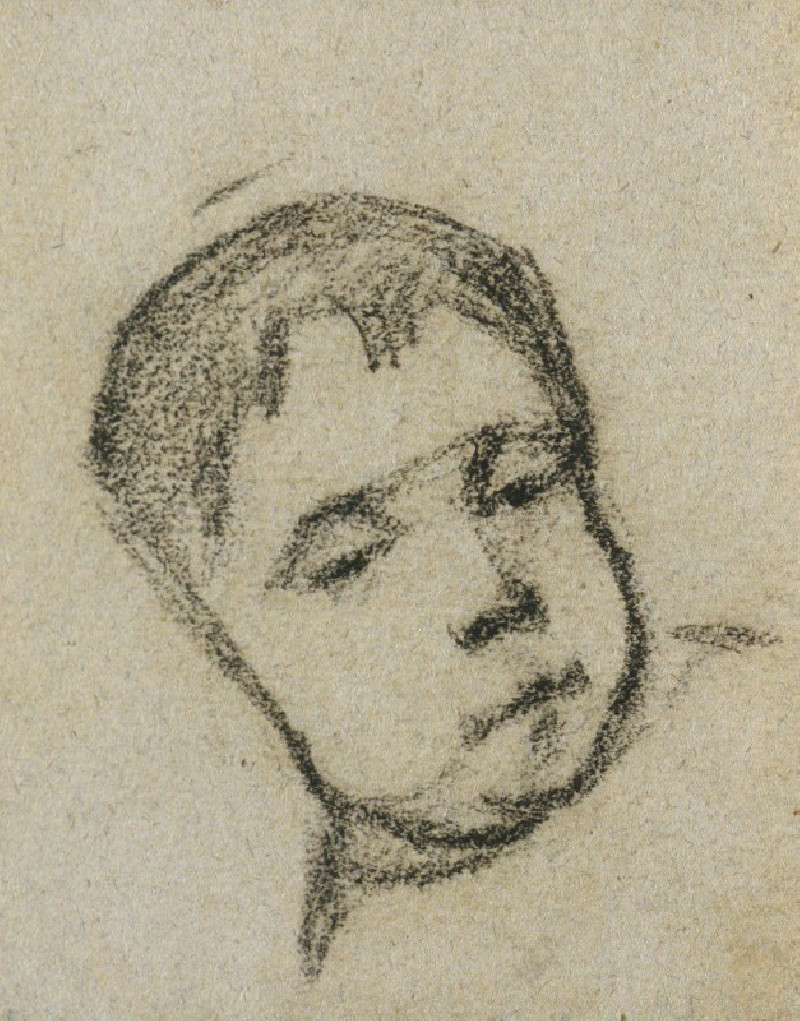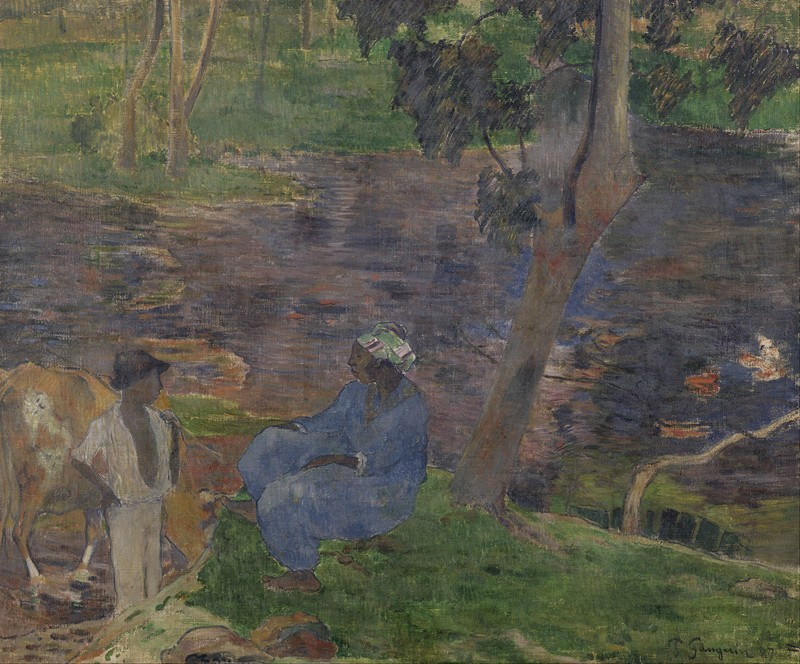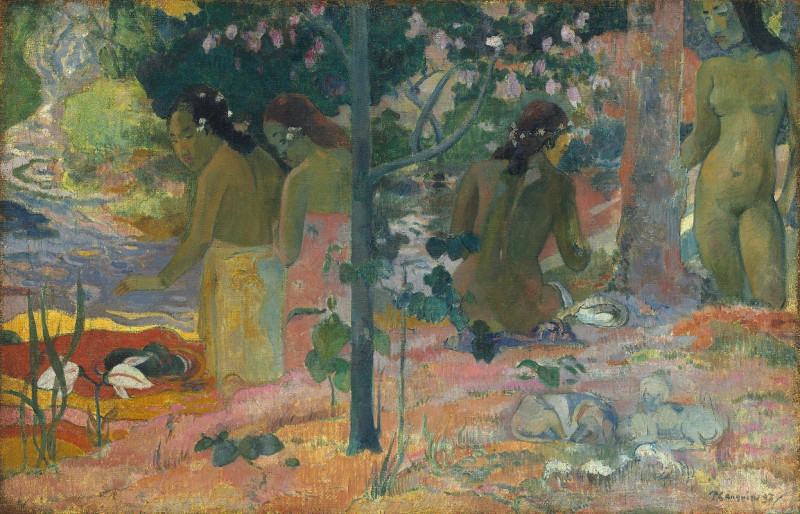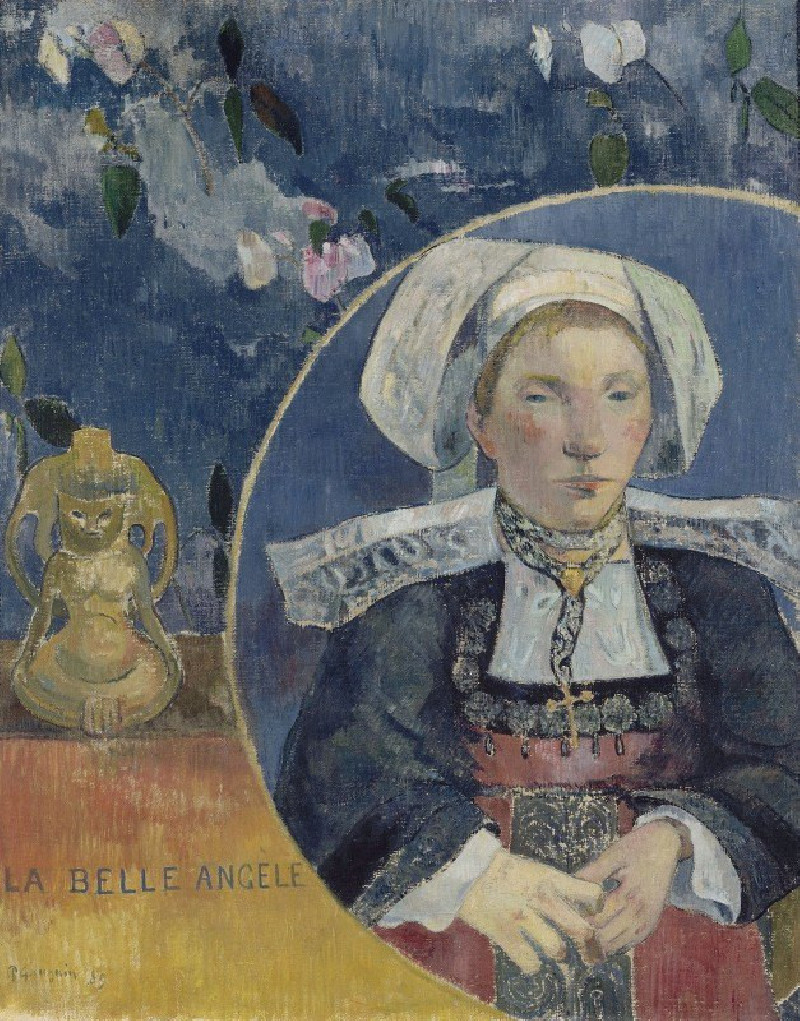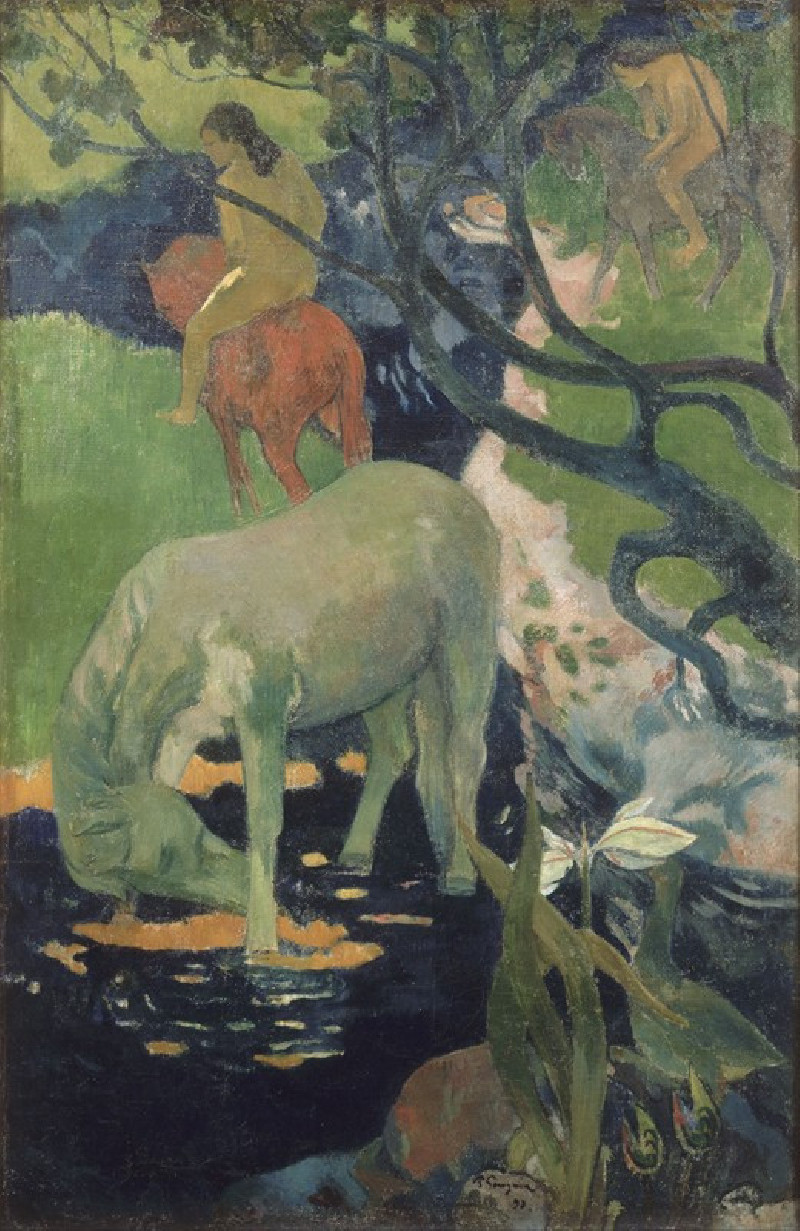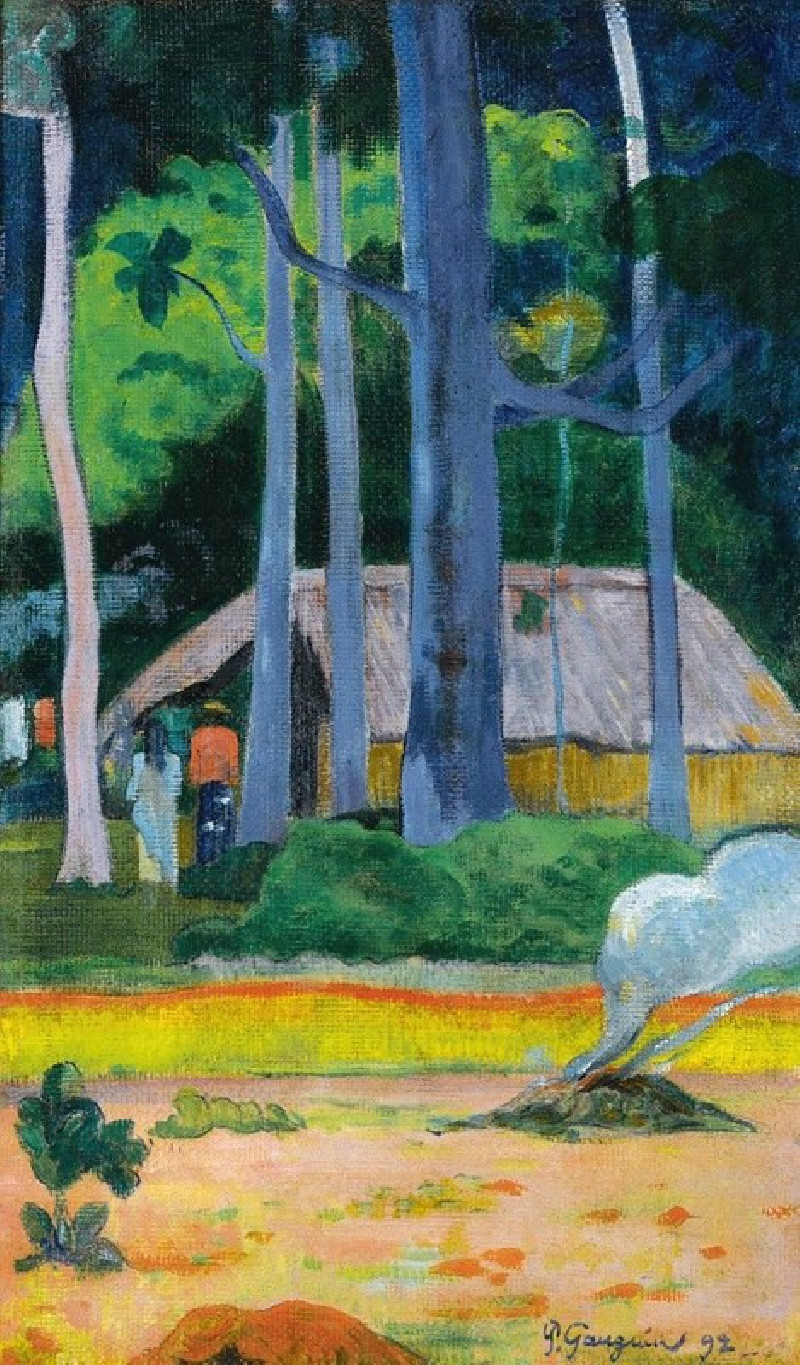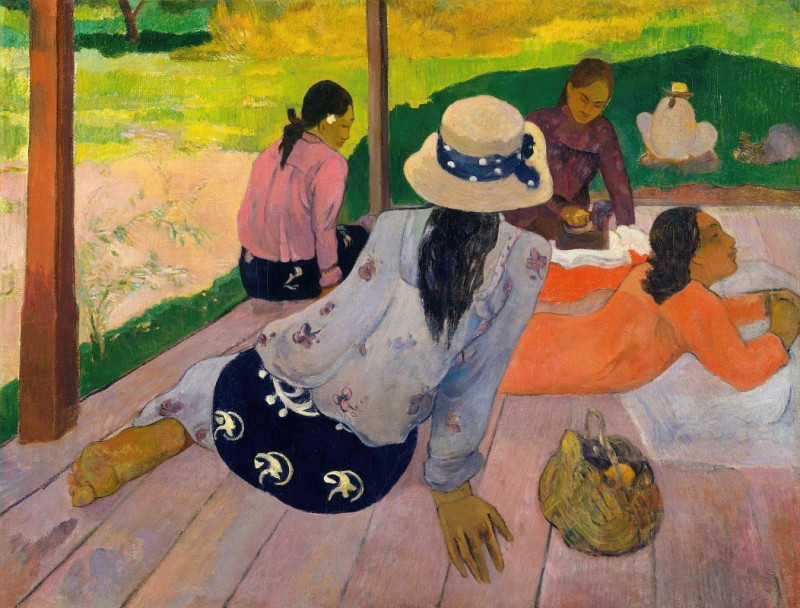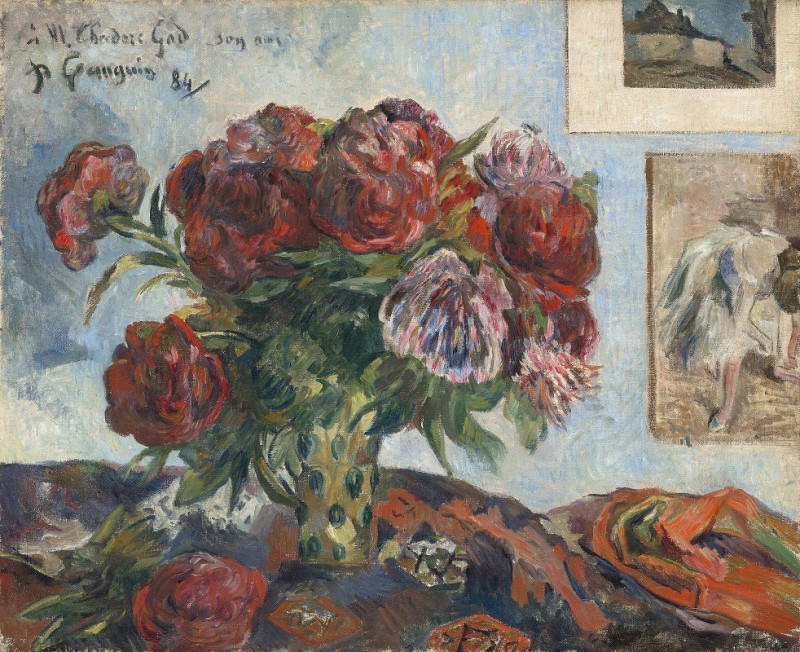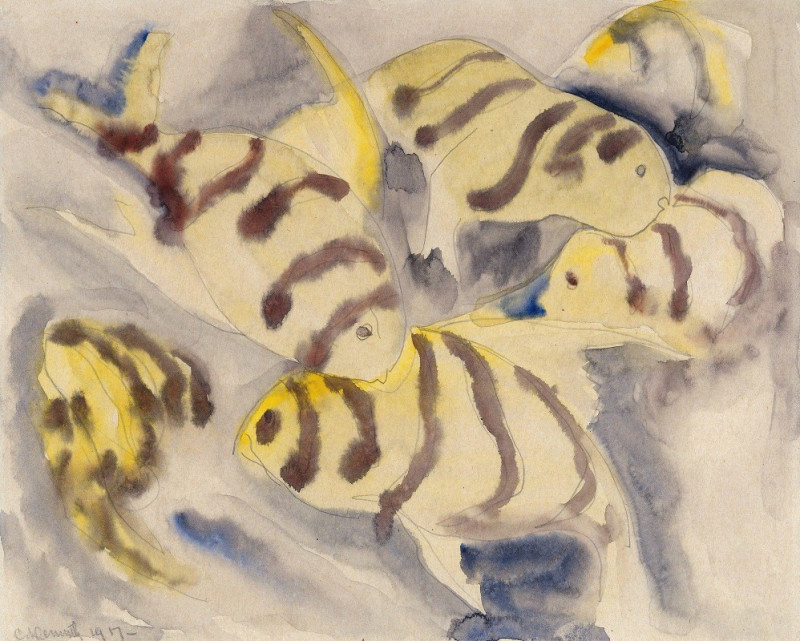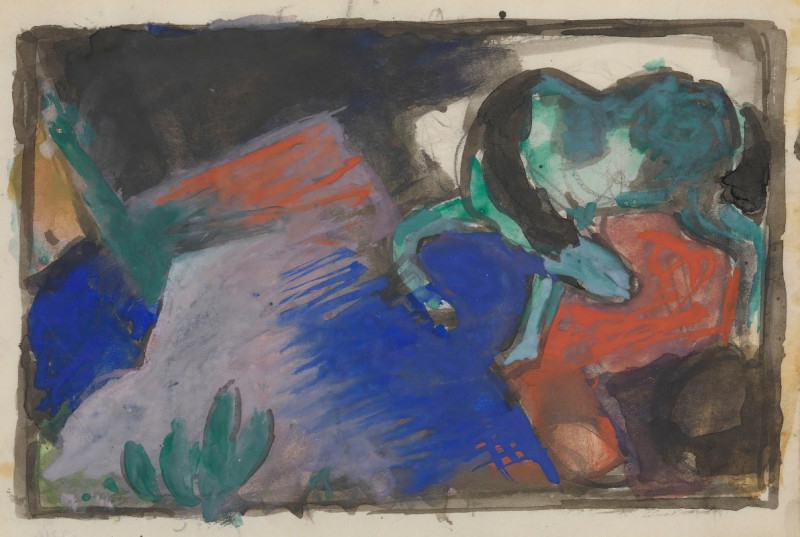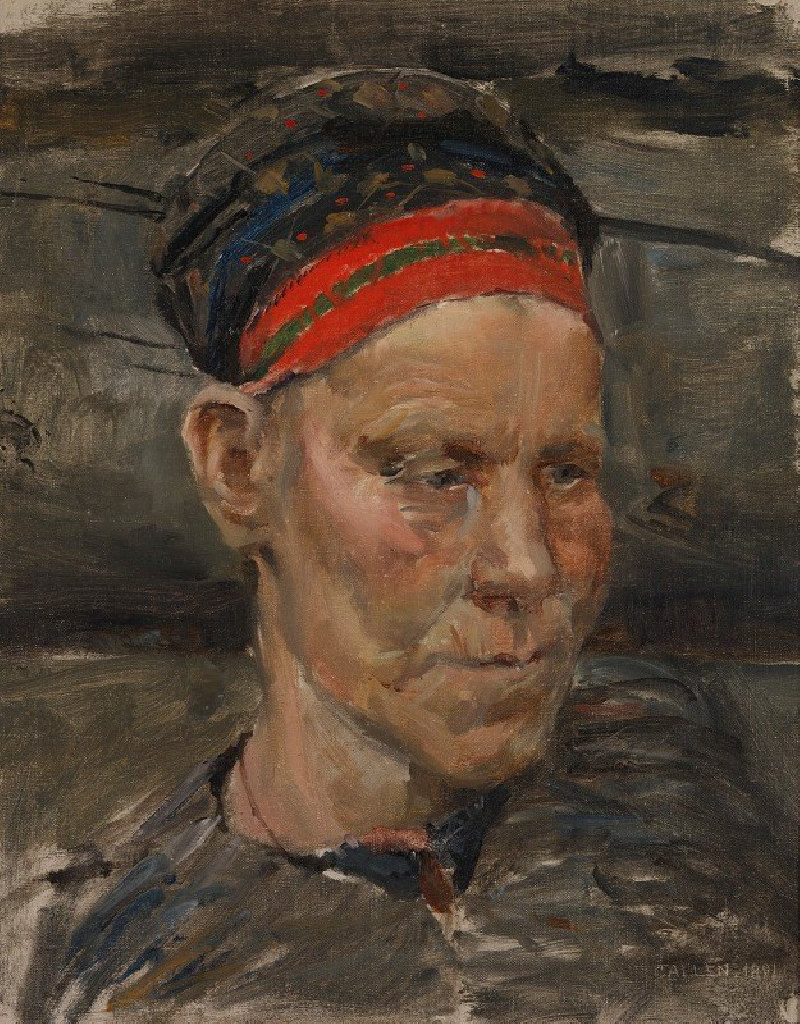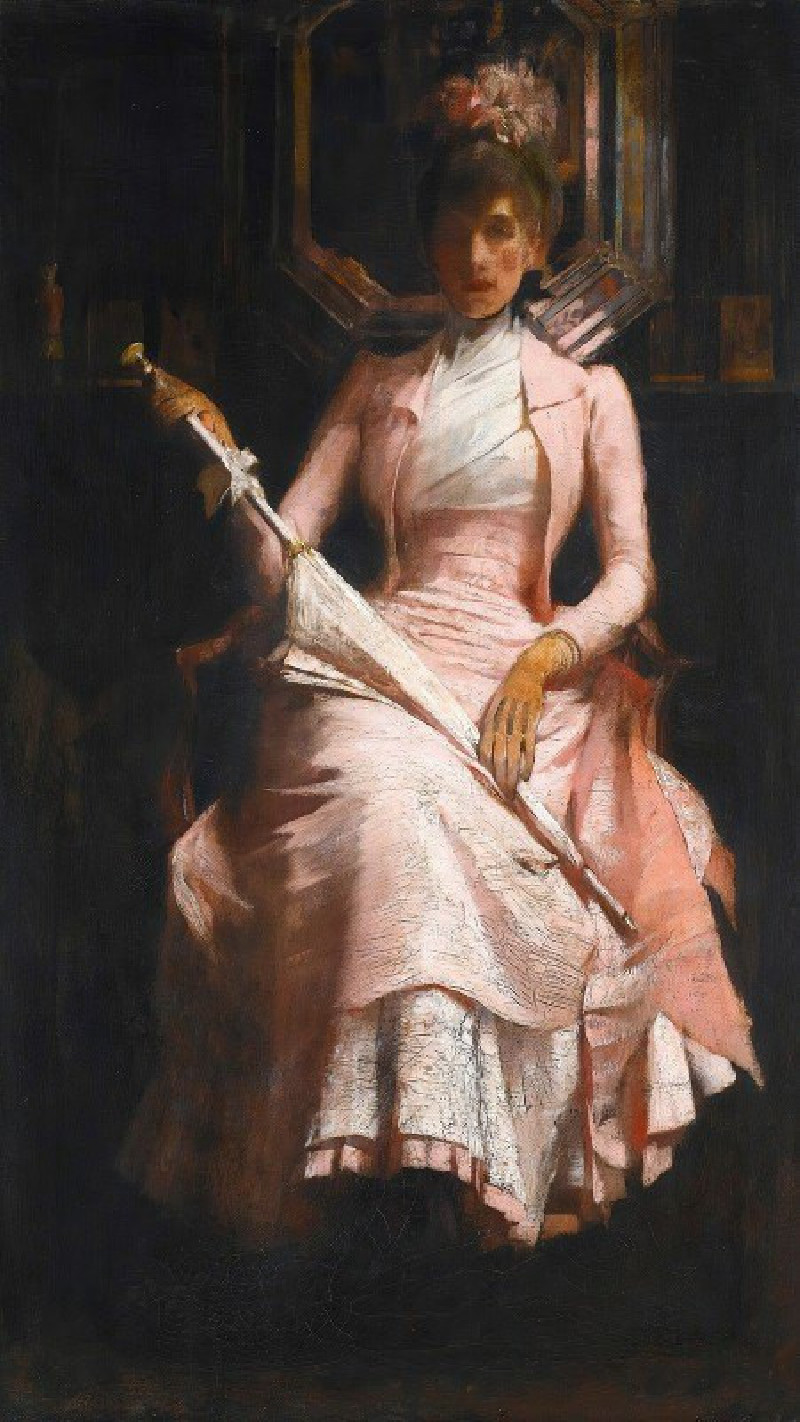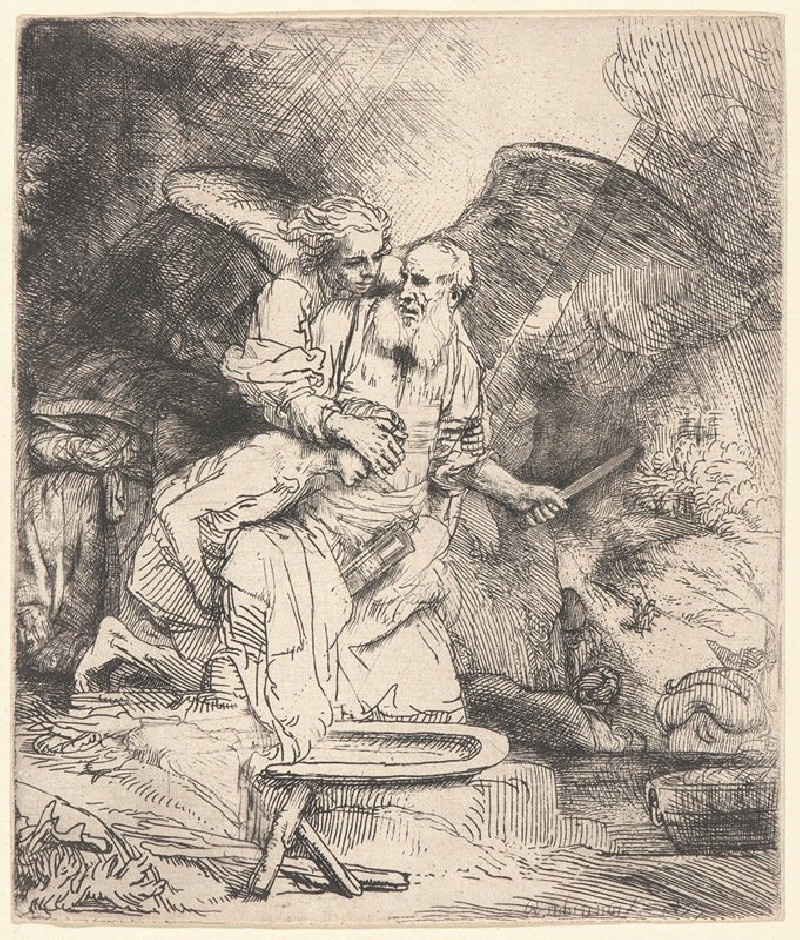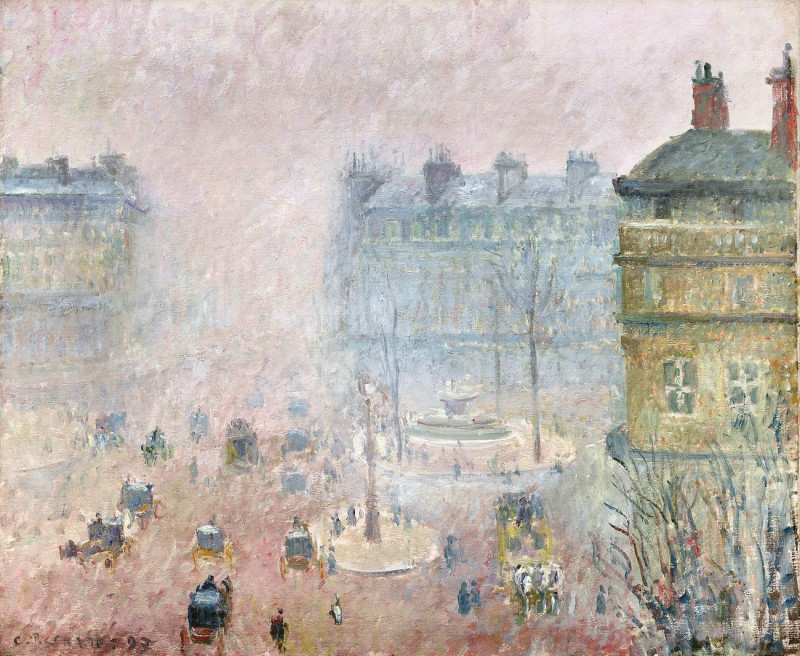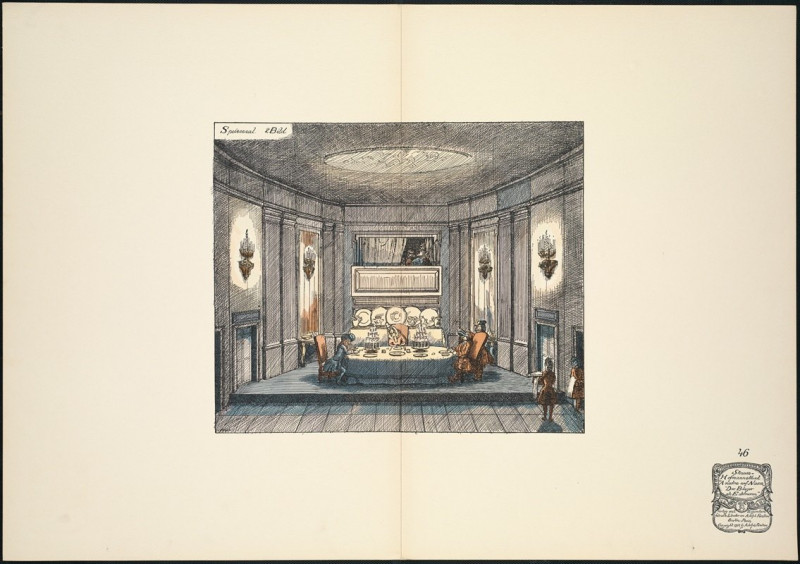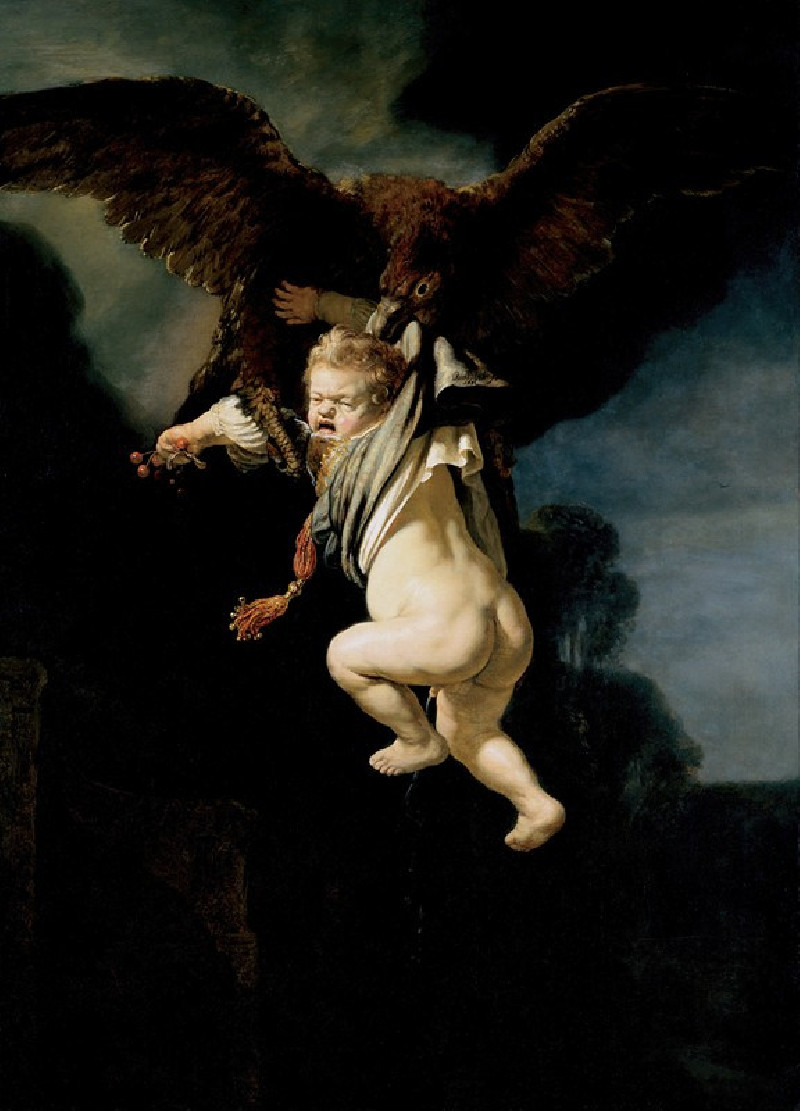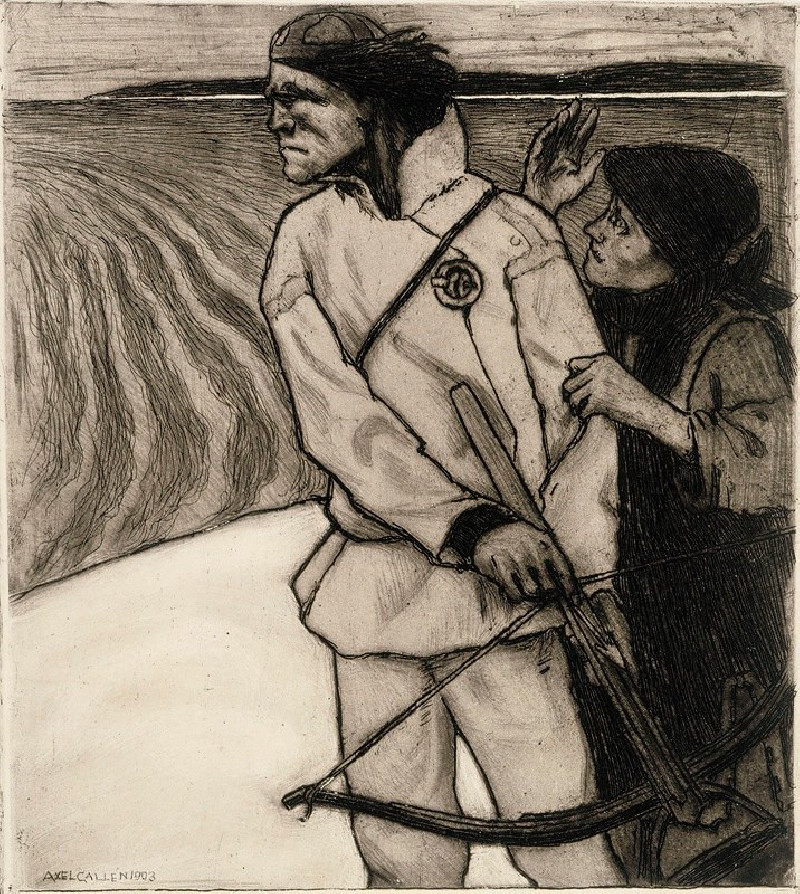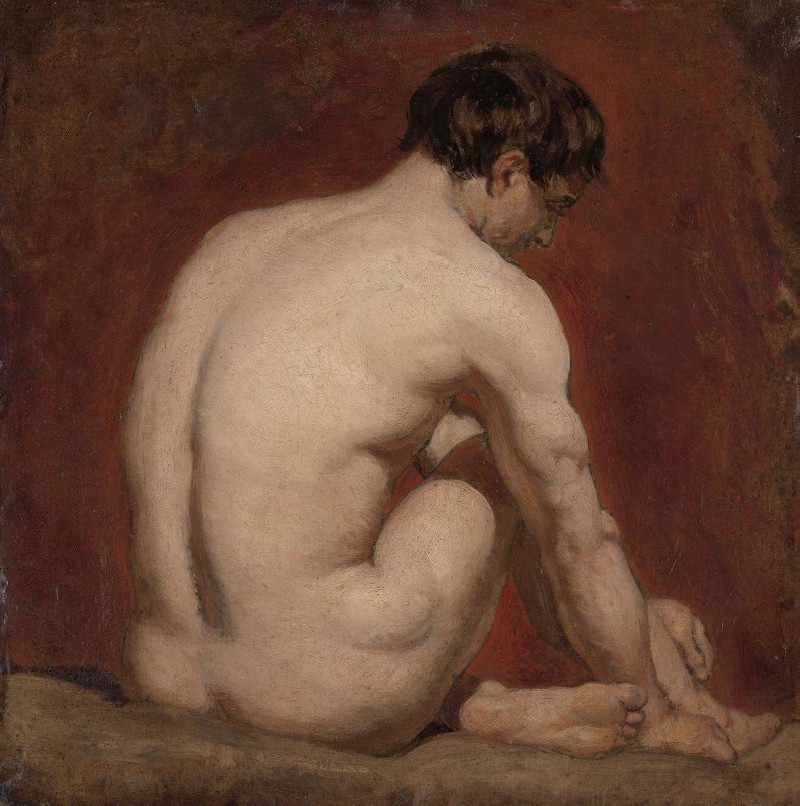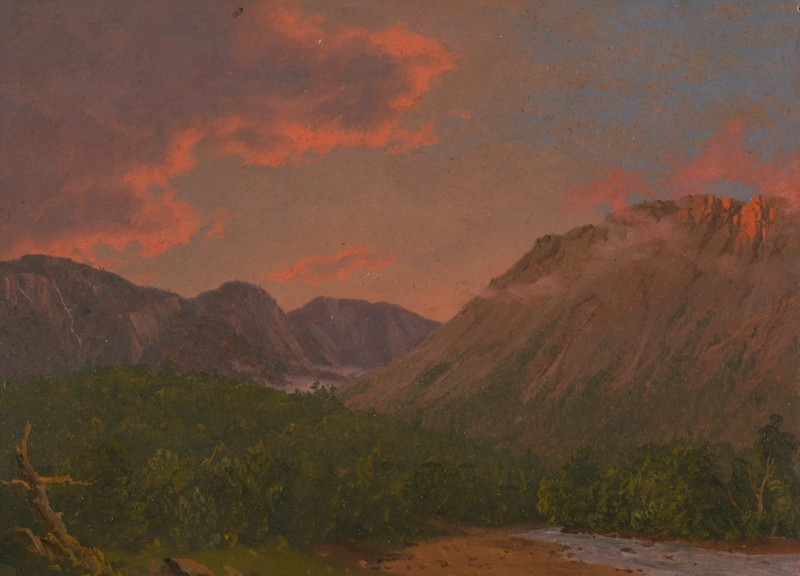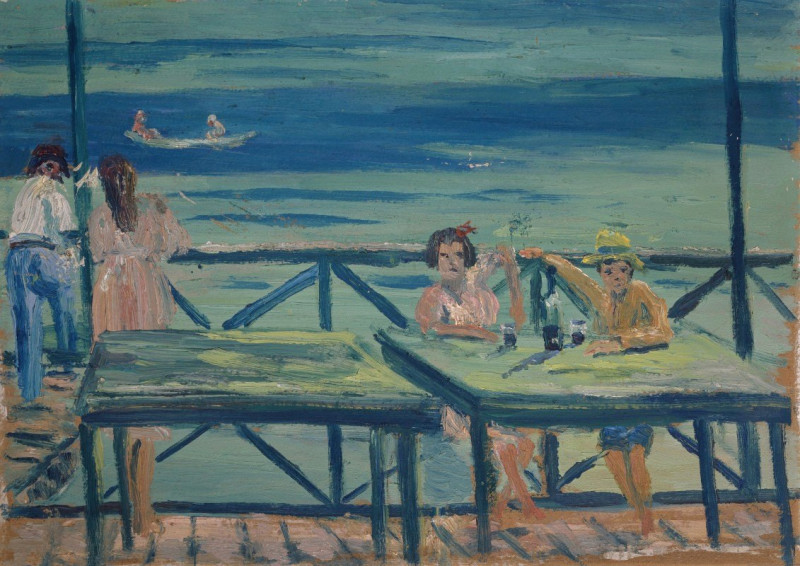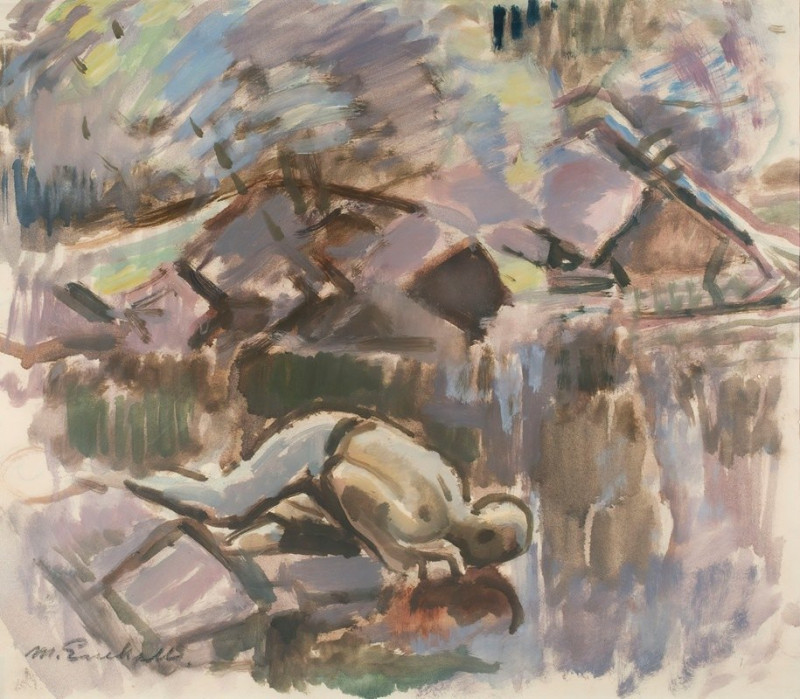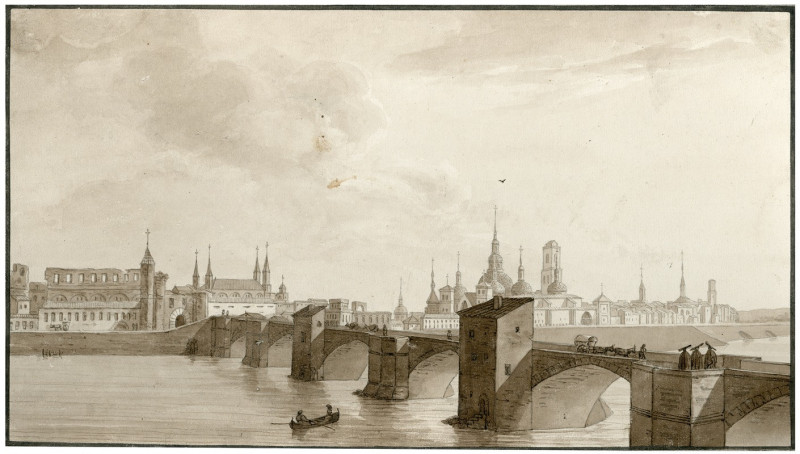Three Tahitians
Technique: Giclée quality print
Recommended by our customers
More about this artwork
Dive into the enchanting world of Paul Gauguin's “Three Tahitians,” a masterful painting that invites you on a journey to the idyllic shores of Tahiti. With its rich, expressive colors and intriguing composition, this artwork offers a fascinating glimpse into Gauguin's experiences in the Pacific.The painting features three Tahitian figures set against a vibrant backdrop of golden yellow and soft pink tones. Each figure is captured in a different pose, creating a dynamic interaction that pulls the viewer into their world. On the left, a woman in a bold red dress holds a green fruit, her gaze meeting the viewer's with a look that is both enigmatic and direct. In the center, a man stands with his back partially turned to us, leading our eyes towards the woman on the right. This second woman, adorned in white and holding a bouquet of flowers, seems lost in thought, adding a layer of quiet contemplation to the scene.Gauguin's use of color is not just visually striking but also symbolic, perhaps reflecting the vibrant and diverse cultural tapestry of Tahiti. The simple yet profound expressions and attire of the figures highlight Gauguin’s style, characterized by flat areas of color and bold outlines, which echo the simplicity and innate beauty of the Tahitian landscape and its people.“Three Tahitians” is more than a picturesque depiction of island life; it is a thought-provoking narrative that questions cultural identity, belonging, and the complexities of societal interactions. This painting invites viewers to consider the deep stories and rich histories that could lie behind each serene face and every thoughtful glance.
Delivery
Returns
Eugène Henri Paul Gauguin was a French Post-Impressionist artist. Unappreciated until after his death, Gauguin is now recognized for his experimental use of color and Synthetist style that were distinct from Impressionism. Toward the end of his life, he spent ten years in French Polynesia. The paintings from this time depict people or landscapes from that region.


